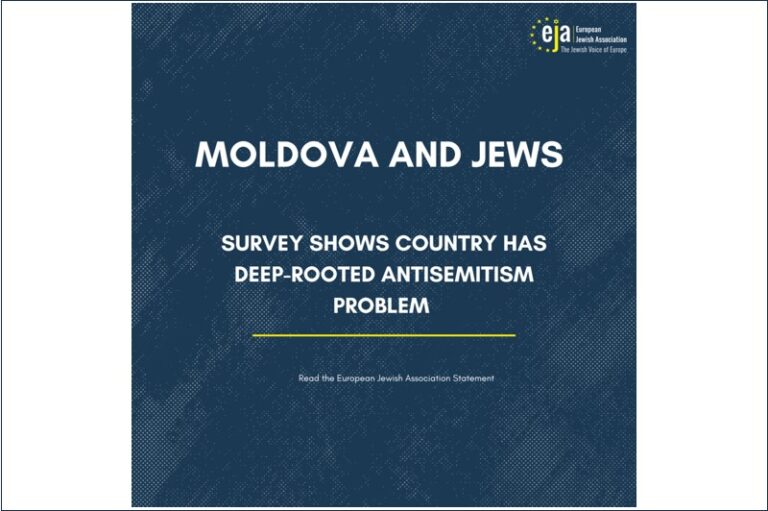On October 7, the Hamas terrorist organization massacred scores of Israeli soldiers and civilians in an unprecedented terror attack, injuring thousands, and taking nearly 200 hostages. In response, the Israeli Prime Minister declared war on the Hamas organization in Gaza. Over the next two weeks, mainstream social media and fringe platforms became flooded with disinformation and hate speech promoting Hamas’ terror attacks.
In order to better understand the information ecosystem, we established a methodology to explore the proliferation of several types of harmful content related to the Hamas terror attacks, with an emphasis on both mainstream and fringe social media platforms. Our main findings are:
- The prevalence of Hamas’ propaganda materials online helped fuel an adversarial information ecosystem rife with disinformation and hate speech that dehumanizes Israel and global Jewry at-large.
- Hamas’ Telegram network had an outsized impact on the larger social media discussions in the immediate wake of the terror attacks, despite having limited access to mainstream social media platforms.
- In addition to Hamas, nation state actors like Iran are propagating conspiracy theories about the conflict on fringe social media platforms frequented by both far-right and pro-Hamas communities around the world, contributing to radicalization and calls for violence across the entire political landscape.
- The convergence of far-right and racist ideologies with support for Hamas becomes evident on fringe platforms and presents a notably concerning ideological shift that has occurred in far-right extremist circles in the wake of the October 7 terror attacks in Israel.
The research focuses on three case studies exploring forms of propaganda, disinformation, and radicalization, that thrived following the Oct. 7 attack. The first case study seeks to better understand this networked communications strategy, its messaging content, and the ways in which it successfully pushes narratives onto other social media platforms. The second case study explores an emerging conspiracy theory that the Hamas terror attacks in Israel were part of a “false flag” operation. The key features of the claim bear similarities to conspiracies about 9/11 and the USS Liberty among others. The third case study investigates the ways in which pro-Hamas content has begun proliferating on anonymous messageboards frequented by far-right communities around the world, most notably 4chan’s /pol/ message board.
Together, these three case studies show how the so-called “al-Aqsa Flood” campaign and the myriad of anti-Israel conspiracies that emerged in its wake are having a widespread impact on the platform dynamics of major social media companies. Ultimately, Hamas’ ability to hijack the feedback loop between real-world events and online discourse highlighted the ways in which existing tech policies have struggled to pass the stress test of the current Israel-Gaza conflict.






